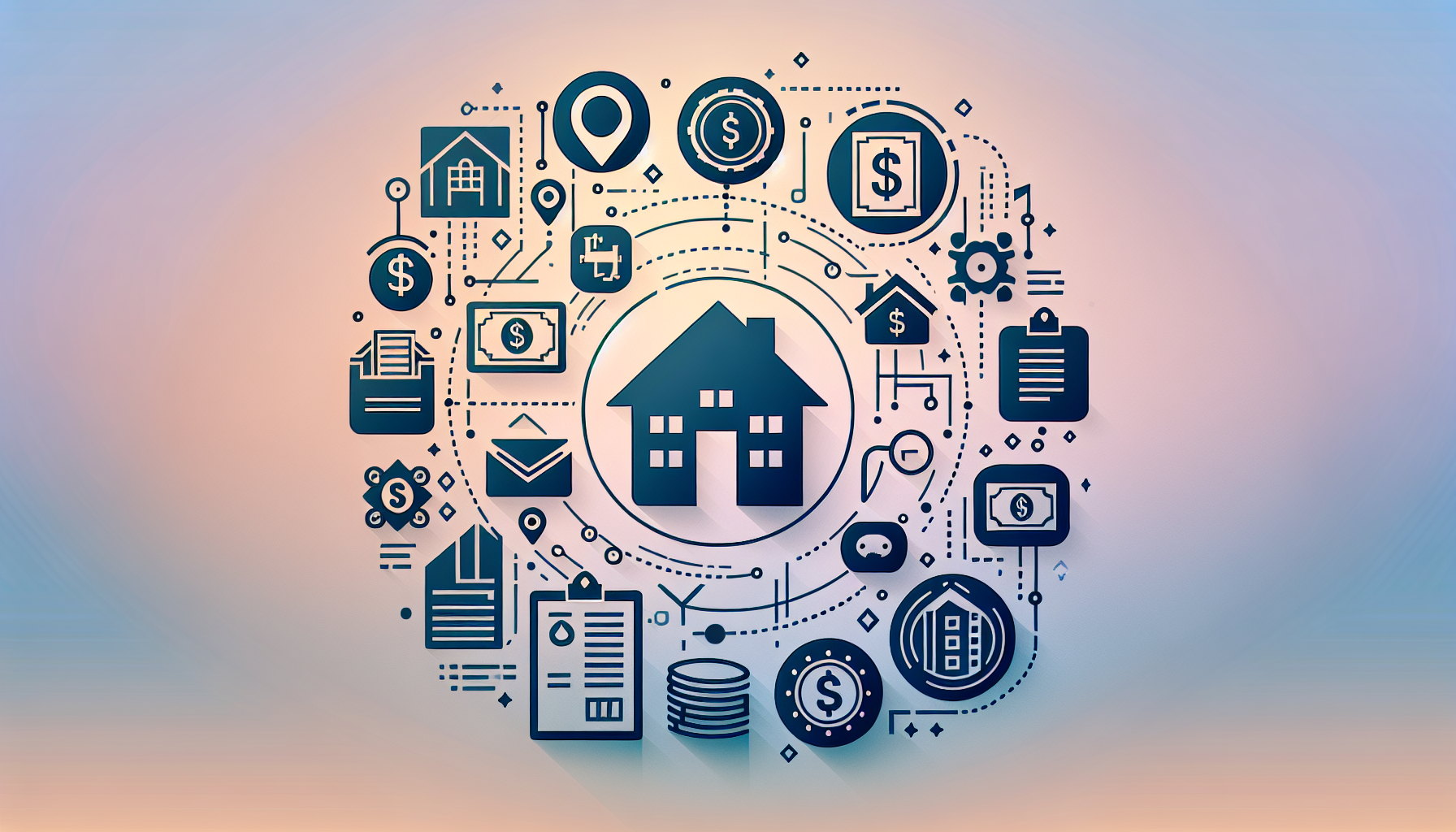Understanding Mortgage Recast vs Refinance

When it comes to managing your mortgage, two popular strategies often come into play: mortgage recasting and refinancing. Both methods can help reduce your monthly payments, but they work in different ways and suit different financial situations. Understanding the benefits and drawbacks of each can help you make an informed decision about which path is best for you.
Exploring Mortgage Recasting
Mortgage recasting involves making a lump sum payment toward the principal of your loan. Your lender then recalculates your monthly payments based on the new, lower balance. This process is often simpler and less expensive than refinancing, as it doesn't require a new loan application, credit checks, or closing costs. Instead, you typically pay a small processing fee, which can range from $150 to $500.
Benefits of Mortgage Recasting
Recasting offers several advantages:
- Lower Monthly Payments: By reducing the principal balance, your monthly payments decrease, making your mortgage more manageable.
- No Change in Interest Rate: If your current interest rate is favorable compared to prevailing rates, recasting allows you to retain it without applying for a new loan.
- Less Paperwork: Unlike refinancing, recasting doesn't require extensive paperwork or a credit check.
- Cost-Effective: The fees associated with recasting are generally much lower than those for refinancing.
When to Recast Your Mortgage
Recasting is particularly beneficial in certain situations:
- Extra Cash Available: If you have a lump sum, perhaps from a bonus or inheritance, recasting can be a good use of those funds.
- Approaching Retirement: Reducing monthly expenses can be crucial for those nearing retirement.
- Between Homes: If you've purchased a new home before selling your old one, using the sale proceeds to recast your new mortgage can be advantageous.
Understanding Mortgage Refinancing
Mortgage refinancing involves replacing your existing loan with a new one, often to secure a lower interest rate, change the loan term, or access cash from your home's equity. While refinancing can be beneficial, it comes with significant costs, including closing fees that can range from 2% to 6% of the loan amount.
Benefits of Mortgage Refinancing
Refinancing offers several advantages:
- Lower Interest Rate: If current rates are lower than your existing rate, refinancing can save you money on interest over time.
- Term Adjustment: You can shorten or lengthen your loan term to suit your financial goals.
- Cash-Out Option: Refinancing allows you to tap into your home's equity for cash.
When to Refinance Your Mortgage
Refinancing is a good option in the following scenarios:
- Interest Rates Have Dropped: If rates have fallen since you took out your original loan, refinancing can lower your monthly payments and interest.
- Changing Loan Terms: If you want to switch from an adjustable to a fixed rate or change your loan term, refinancing is necessary.
- Accessing Equity: If you need cash, a cash-out refinance can provide it.
Comparing Recasting and Refinancing
Both recasting and refinancing can help reduce your mortgage costs, but they serve different purposes and come with different requirements:
| Feature | Mortgage Recasting | Mortgage Refinancing |
|---|---|---|
| Process | Make a lump sum payment to reduce principal; lender recalculates monthly payments. | Apply for a new loan to replace the existing one. |
| Interest Rate | Remains the same. | Can change to a new rate. |
| Costs | Small processing fee. | Closing costs (2% to 6% of the loan). |
| Paperwork | Minimal. | Extensive application process. |
Real-World Examples
Let's consider a practical example to illustrate the benefits of recasting:
Imagine you have a $325,000 mortgage with a 4.25% interest rate and 20 years remaining. Your monthly payment is $1,598.30, and you have $25,000 from a bonus. By recasting your mortgage with this lump sum, your monthly payment could drop to $1,444, saving you $154 each month and reducing total interest paid by $12,154 over the life of the loan.
For refinancing, consider a scenario where interest rates have dropped significantly since you took out your loan. If you refinance to a lower rate, you could save thousands in interest over time, but you would need to weigh these savings against the costs of refinancing.
Making the Right Choice
Whether to recast or refinance depends on your financial situation and goals:
- Financial Health: Ensure you have adequate emergency savings and have addressed other high-interest debts before committing to a lump sum payment for recasting.
- Interest Rates: If current rates are higher than your existing rate, recasting might be preferable to retain your lower rate.
- Future Plans: Consider how your financial needs might change in the future, such as approaching retirement or needing cash for other expenses.
For more detailed calculations and to explore how different strategies might impact your mortgage, consider using tools like the WP Ultimate Loan & Mortgage Calculator. This can help you visualize the effects of recasting or refinancing on your specific situation.
Before making a decision, it's also beneficial to consult with a financial advisor or reach out to Contact Us for personalized advice tailored to your financial goals.
In conclusion, both mortgage recasting and refinancing offer ways to manage your mortgage more effectively, but each has its own set of benefits and drawbacks. By understanding these differences and considering your financial situation, you can choose the strategy that best aligns with your goals and helps you save money in the long run.
For further reading on mortgage strategies and financial planning, you might find resources from Great Oak Advisors or NerdWallet helpful. Additionally, checking with your lender, such as those listed on Bankrate, can provide insights into the specific options available for your mortgage.











